Introduction
The Moon Flower (Ipomoea alba) is an exciting and captivating plant that fascinates both flower enthusiasts and gardeners. It opens its fragrant, huge white blooms at night and is a distinctive addition to any garden. This article explores this remarkable plant’s origins, traits, growth environments, and applications, offering insightful knowledge to anyone who wishes to grow and enjoy Moon Flowers.
Historical Background
The history of the moon flower is extensive and dates back to prehistoric times. It is native to the Americas’ tropical and subtropical areas and has long been valued and used by many different cultures. The Aztecs and Mayans highly valued the Moon Flower for its aesthetic and therapeutic uses. The flower gained popularity in Europe and North America during the Victorian era when it was frequently produced in moon gardens meant to be enjoyed at night. The Moon Flower is still revered as a symbol of charisma and beauty in gardens today.
Botanical Characteristics
Plant Structure
The Moon Flower is a perennial vine that may reach a maximum length of fifteen feet. Its gorgeous blossoms are set against a dense backdrop of rich green, heart-shaped foliage. Because of its twining habit, the vine can climb fences, trellises, and other structures, resulting in a vertical garden of flowers and greens.
Flowers
The Moon Flower’s most remarkable characteristic is its enormous white flowers, which can grow up to six inches in diameter. The flowers release a lovely, enticing scent when they open in the evening and stay open all night. Because of its nocturnal flowering habit, the moon flower is a great addition to moon gardens or any garden meant to be appreciated in the evenings.
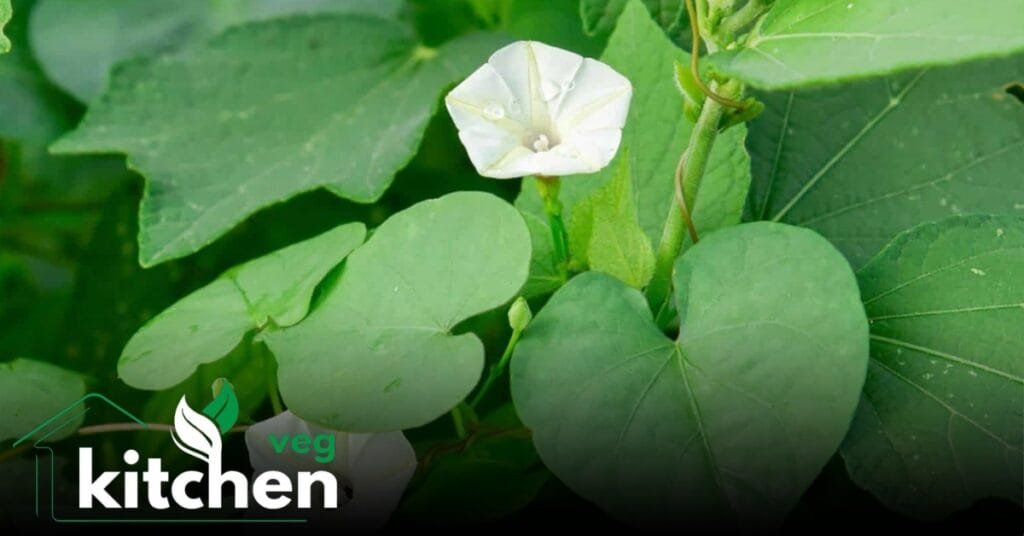
Seeds and Fruit
Moonflower seed pods are small and spiky, appearing after the flowers fade. Many seeds are contained in these pods, which can be collected and sown to produce new vines. The seeds are firm and dark, like tiny nuts. Successful germination of these seeds requires careful handling and preparation.
Ideal Growing Conditions
Climate
Tropic and subtropical regions are ideal for Moon flower growth. They need a long growing season that is warm and bright with lots of sunlight. Moon flowers can be grown annually in colder locations or planted in containers that can be brought indoors during the winter.
Soil
Moon Flowers require well-draining soil to thrive. They favor loamy or sandy soils with a pH from neutral to slightly acidic. Compost or well-rotted manure are examples of organic waste that can be added to the soil to improve fertility and drainage, creating the perfect conditions for plant growth.
Light
Moon flowers require full sun to slight shade. The finest blooms require six hours or more of direct sunlight per day. Adding some afternoon shade can help keep plants healthy and prevent blistering of the foliage in severely hot conditions.
Watering
It is imperative to water regularly, particularly throughout the growing season. After they are established, moon flowers can withstand moderate drought but still require evenly moist soil. Letting the soil dry out a little bit in between waterings is critical to prevent root rot.
Planting and Propagation
Seed Germination
To start Moon Flowers from seeds, soak them for a full day in warm water before planting. This facilitates faster germination by softening the stiff seed coat. After the latest frost date, sow the seeds directly in the garden or about 1/4 inch deep in the seed starting mix.
Transplanting
If you are starting the seedlings indoors, plant them in the garden once they have two sets of true leaves and the risk of frost has passed. Space them 12 to 18 inches apart to give the plants plenty of room to flourish.
Cuttings
Cuttings can also be used to grow Moon Flowers. After removing the bottom leaves from a healthy vine, take a six-inch clipping and soak it in water or moist potting soil. After a few weeks, the cutting should have roots, which can be put in the garden.
Care and Maintenance
Pruning
Pruning can control the Moon Flower vine’s growth and form. To promote new growth and enhance air circulation, remove dead or damaged stems regularly. Reducing the vines’ tips can also encourage bushier growth and more blossoms.
Fertilizing
Give Moon Flowers a balanced, water-soluble fertilizer every four to six weeks throughout the growing season. Avoid fertilizers with high nitrogen content, as they may encourage excessive leaf growth at the expense of blooms.
Pest and Disease Management
Although they can withstand pests like spider mites, aphids, and whiteflies, moon flowers are generally pest-resistant. Pests can be managed by routinely checking the plants and applying insecticidal soap or neem oil to infestations. Powdery mildew and other fungal infections can be avoided with adequate air circulation and watering techniques.
Landscaping Uses
Moon Gardens
Moon Gardens are meant to be enjoyed in the evening and typically have white or light-colored flowers that reflect the moonlight. The Moon Flower is an excellent choice for these gardens because of its large, luminous blooms and sweet fragrance; plant it near patios, pathways, or seating areas where people can enjoy its beauty and scent up close.
Trellises and Arbors
Moon Flowers work great for covering pergolas, arbors, and trellises. Their twining vines produce a canopy of luxuriant greenery embellished with exquisite white blossoms. When planted in these spots, Moon Flowers provide shade throughout the day and give the landscape some vertical flair.
Containers
For individuals in colder climates or with limited garden space, growing Moon Flowers in containers is an excellent choice. Make use of a sizable pot that has adequate drainage, and give the vines something to climb, like a trellis. During cold weather, containers can be moved to a covered spot to keep the plants safe.
Moon Flower Varieties
Ipomoea alba is the most well-known moon flower, but several other species and variants have comparable traits.
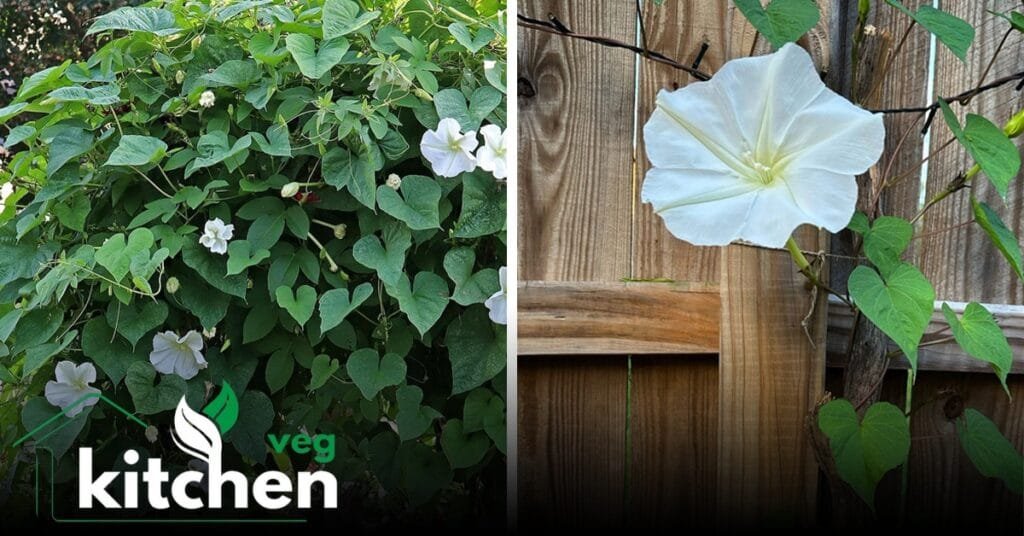
Ipomoea noctiflora
Known by another name, Evening Glory, this cultivar has smaller flowers than Ipomoea alba, but it still blooms at night and has a delicious aroma.
Datura Inoxia
This plant, also known as Devil’s Trumpet, produces large white trumpet-shaped flowers that emerge in the evening. In contrast to Ipomoea alba, datura is a shrubby plant with prickly seedpods.
Calonyction aculeatum
Due to their striking similarities, ipomoea alba and this species, often called the Tropical White Morning Glory, are frequently used interchangeably in gardens. Both bloom nightly with huge, fragrant white flowers.
Symbolism and Cultural Significance
In many countries, the Moon Flower has diverse cultural and symbolic implications.
Symbolism
In many civilizations, the moon flower symbolizes mystery, beauty, and purity. Its propensity to blossom at night makes it associated with the moon and the feminine, representing the subconscious, dreams, and intuition.
Cultural Significance
The Moon Flower is frequently associated with moon deities and night spirits in mythology and folklore. It is also a common motif in literature and art, signifying time’s transient nature and transitory beauty.
Medicinal and Culinary Uses
Traditional Medicine
Certain indigenous nations have used moon flowers in traditional medicine to cure illnesses like fevers, inflammation, and skin disorders. However, the plant contains hazardous substances and should only be used sparingly.
Culinary Uses
Some portions of the plant can be eaten when prepared properly, even though moonflower is not a common ingredient in contemporary cuisine. The young leaves and blooms can be boiled and consumed, but it is crucial to make sure they are toxin-free.
Tips for Successful Moon Flower Gardening
Companion Planting
To create a garden that comes to life after sunset, combine Moon Flowers with other night-blooming plants like evening primrose and night-scented stock. To improve the sensory experience, place them next to aromatic herbs like rosemary and lavender.
Troubleshooting Common Problems
- Poor Blooming: Ensure the plant gets adequate sunlight and steer clear of fertilizers that contain too much nitrogen.
- Yellow Leaves: This may be a sign of improper drainage or overwatering. Modify irrigation techniques and enhance soil drainage.
- Pest Infestations: Regularly examine the plants and use organic insecticides to eradicate insects immediately.
Conclusion
A distinct combination of beauty, smell, and midnight appeal makes the Moon Flower an enchanting addition to any garden. With proper care and attention, gardeners can enjoy this amazing plant’s lovely aroma and magnificent blossoms.
The Moon Flower adds a magical touch to the night garden, encouraging everyone who sees it to stop and marvel at the wonders of nature, whether it is planted in pots, on trellises, or in moon gardens.
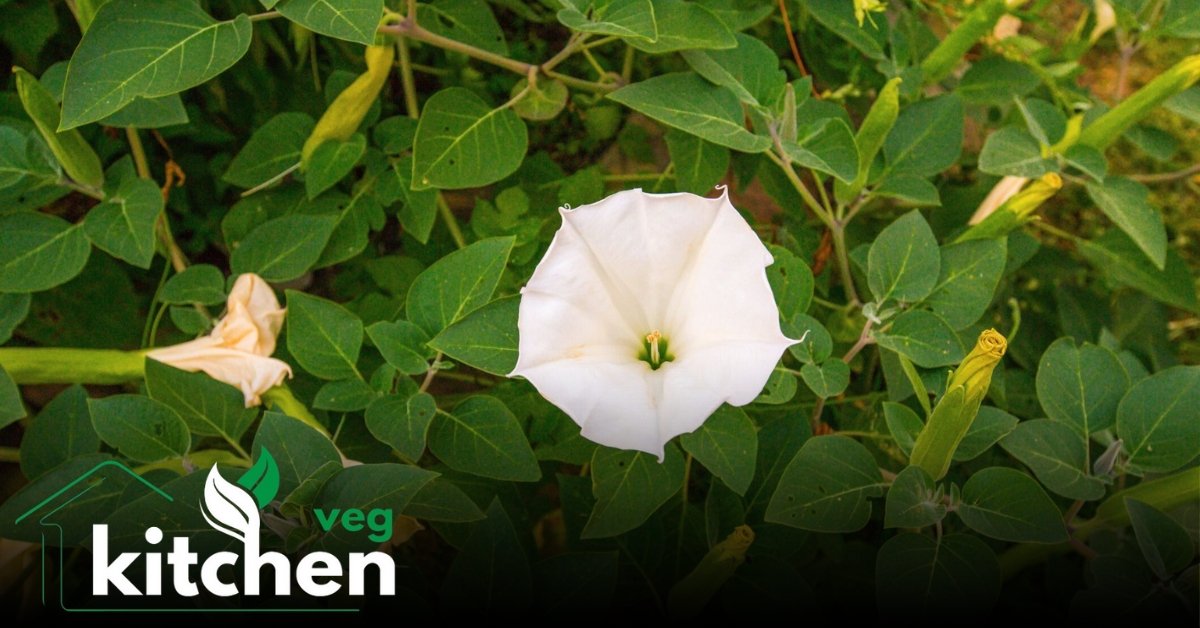

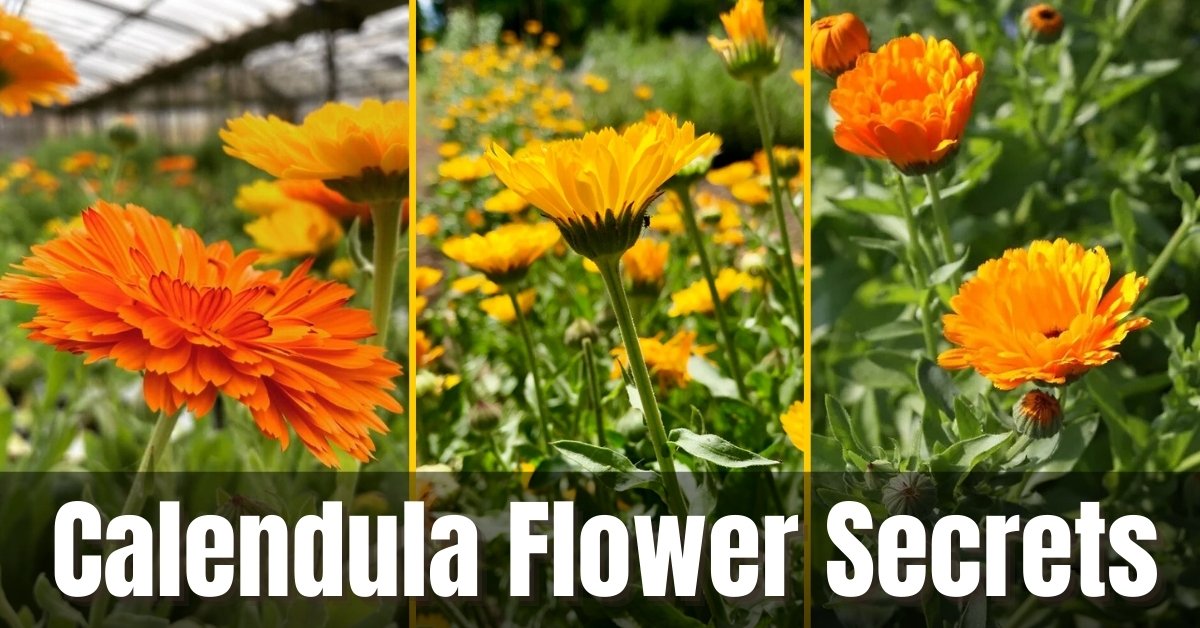
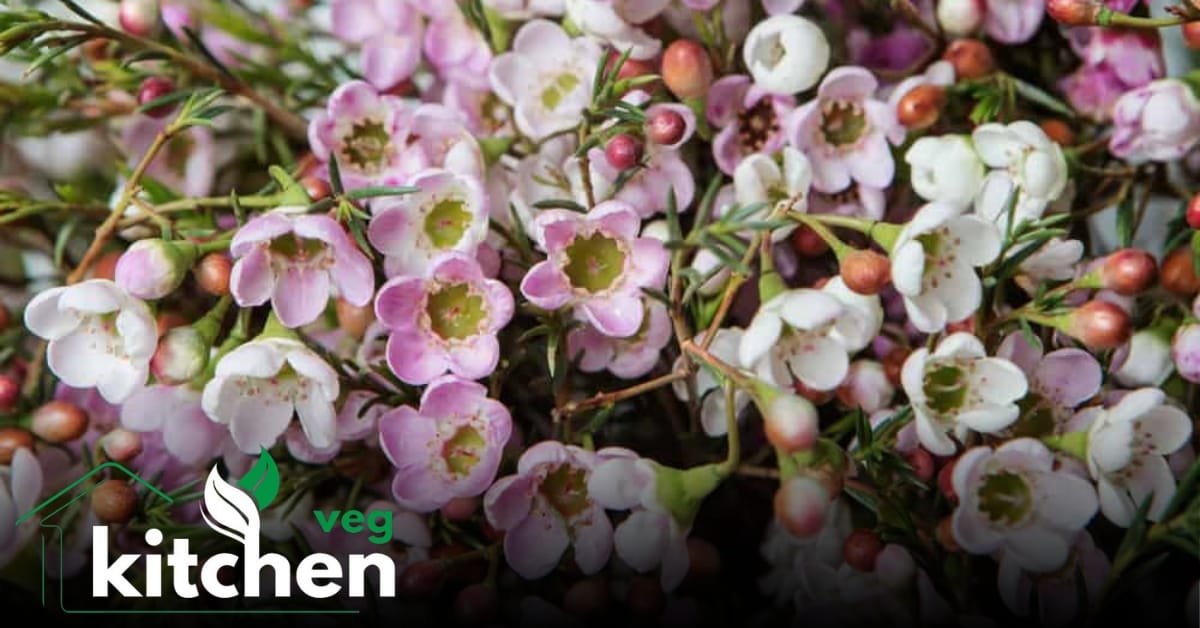
[…] How to Grow Moon Flower in your Garden […]